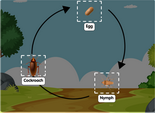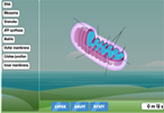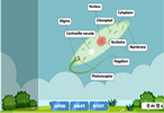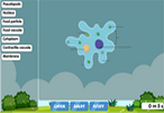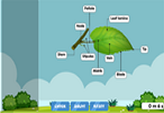Mitosis diagram labelling game
Mitosis allows a cell to split into two genetically-similar daughter cells. It involves the splitting of its original DNA into a pair of duplicates and the process of physically dividing the original cell to spawn two new cells. Through mitosis, an organism can replace aging, damaged, or destroyed cells.
Mitosis is generally divided into four major parts – or phases.
In prophase, chromatids form into more tightly-packed chromosomes within the cell nucleus. The nucleus promptly breaks down to expose the cell’s genetic material. Meanwhile, two centrosomes migrate to opposing ends of the cell. Spindle fibers attached to each centrosome appear.
Between prophase and metaphase, the spindle fibers start sticking to the chromosomes. These chromosomes align at the center of the cell during metaphase.
Anaphase occurs as the spindle fibers pull its half of the sister chromatids to the opposite poles. The nuclear membrane will gradually reform around these chromatids during telophase, and the cell will visible start to split.
Cytokinesis – the physical splitting of the cell into its daughter cells - marks the end of the mitotic process.
This mitosis diagram labelling game can serve as a stimulating way to assess your understanding on the various phases and preparations a cell undergoes to perform mitosis.

